Should thrombolytics be given >4.5 hours after stroke onset?
PulmCCM
FEBRUARY 5, 2025
Patients who present with ischemic stroke more than 4.5 A new meta-analysis challenges that dogma , and makes an already challenging decision-making process even thornier for neurologists answering “code strokes” At least 8 randomized trials have been published testing IV thrombolytics given more than 4.5

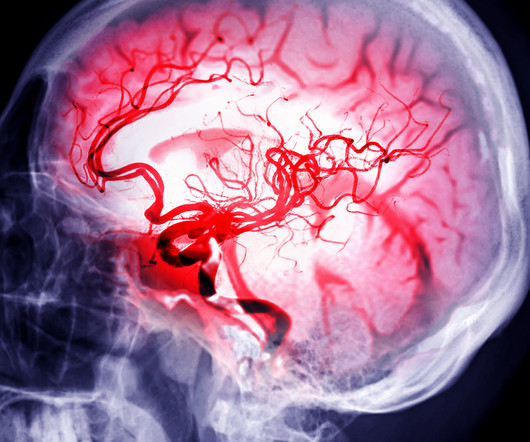








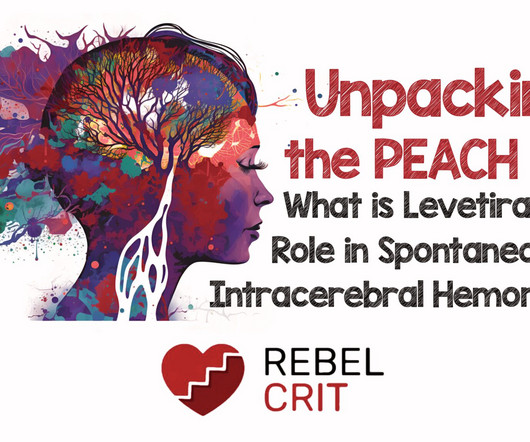




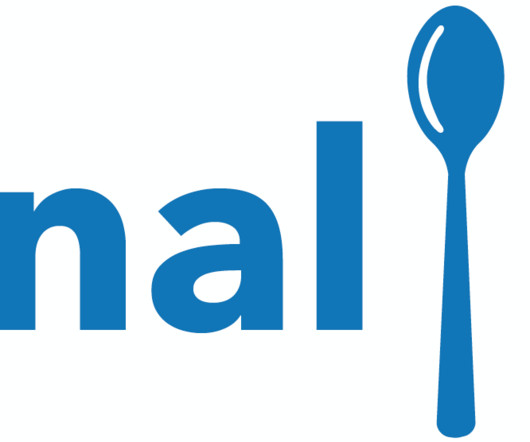

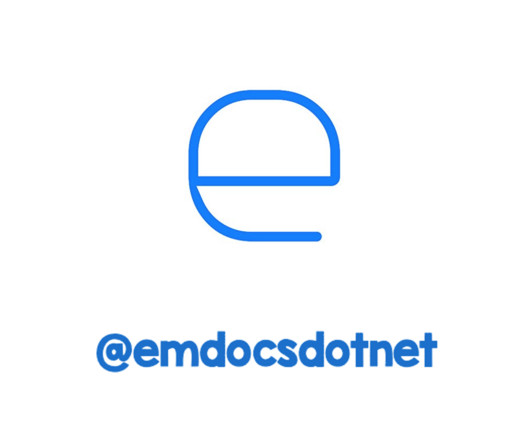

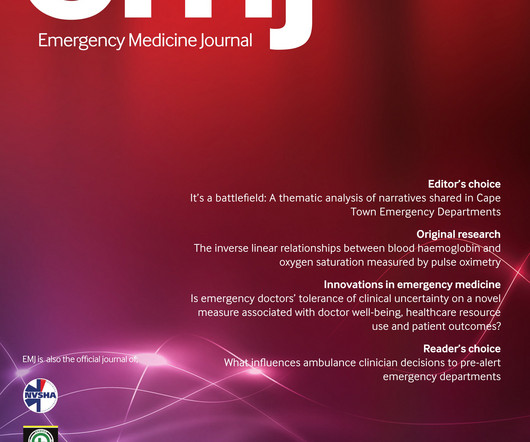




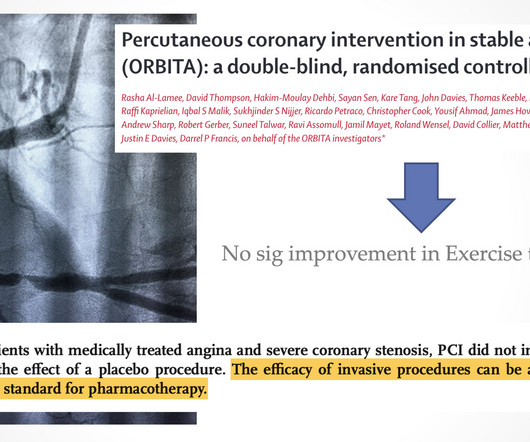












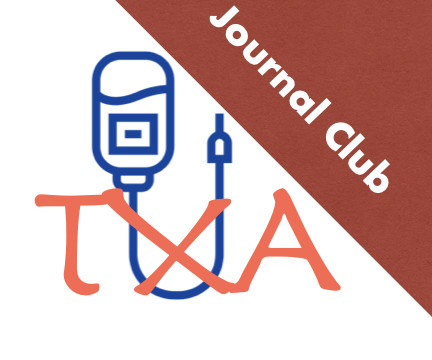




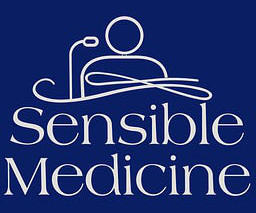
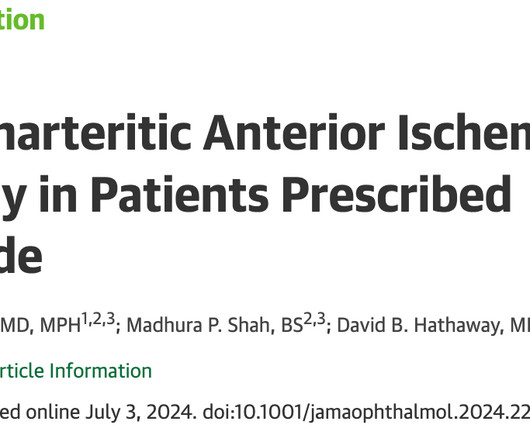







Let's personalize your content